Six Steps to Creating a Great Social Media Marketing Plan
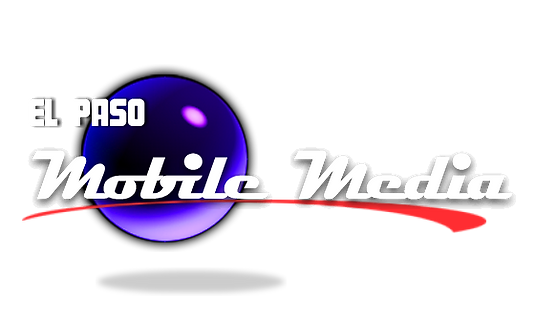
I like to think of this plan like a road trip. Start out by pointing yourself in the right direction, then choose the way you’re going to get there, check in regularly to make sure you’re on track, and have some fun along the way. Starting at the ground floor and building up, here is an overview of how to create a social media marketing plan from scratch.
Step 1: Choose your social networks Step 2: Fill out your profiles completely
Step 3: Find your voice and tone Step 4: Pick your posting strategy
Step 5: Analyze and test Step 6: Automate and engage
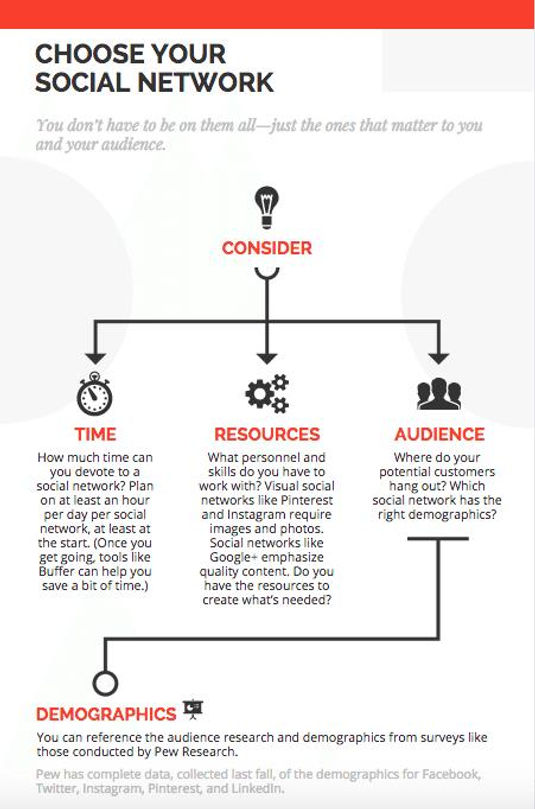
Step 1: Choose your social networks
You should choose the social networks that best fit your strategy and the goals you want to achieve on social media.
Some things to consider that can help you choose not only which social networks to try but also how many to try.
Time – How much time can you devote to a social network? Plan on at least an hour per day per social network, at least at the start. (Once you get going, tools like Buffer can help you save a bit of time.)
Resources – What personnel and skills do you have to work with? Visual social networks like Pinterest and Instagram require images and photos. Social networks like Google+ emphasize quality content. Do you have the resources to create what’s needed?
Audience – Where do your potential customers hang out? Which social network has the right demographics?
Step 2: Fill out your profiles completely
A completed profile shows professionalism, cohesive branding, and a signal to visitors that you’re serious about engaging.
Profiles will require two parts: visuals and text.
For visuals, we aim for consistency and familiarity with the visuals we use on social media. Our avatar on Twitter matches our avatar on Facebook. Our cover photo on Google+ is similar to our cover on LinkedIn.
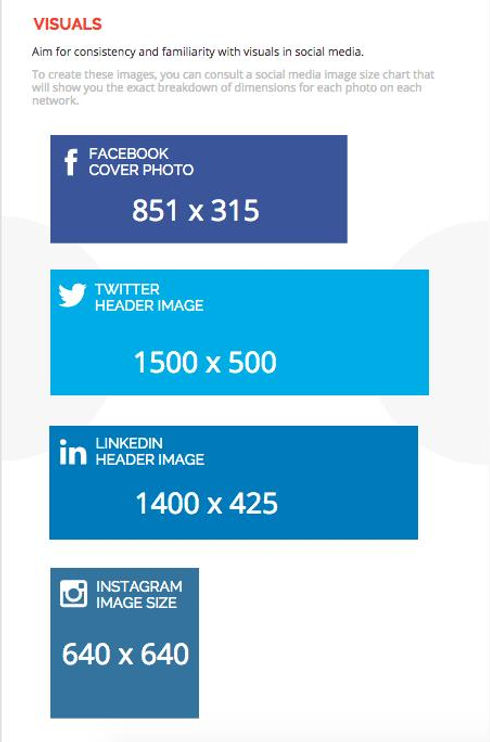
Step 3: Find your voice and tone
For text, your main area to customize is the bio/info section. Creating a professional social media bio can be broken down into six simple rules.
-
Show, don’t tell: “What have I done” often works better than “Who I am”
-
Tailor your keywords to your audience
-
Keep language fresh; avoid buzzwords
-
Answer the question of your potential followers: “What’s in it for me?”
-
Be personal and personable
-
Revisit often
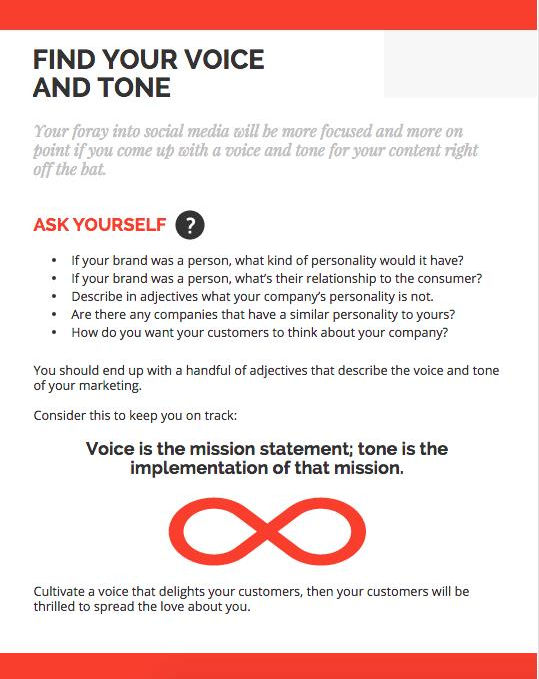
For a social media marketing plan just getting off the ground, you can make this process a bit easier. Start with questions like these:
-
If your brand was a person, what kind of personality would it have?
-
If your brand was a person, what’s their relationship to the consumer? (a coach, friend, teacher, dad, etc)
-
Describe in adjectives what your company’s personality is not.
-
Are there any companies that have a similar personality to yours? Why are they similar?
-
How do you want your customers to think about your company?
At the end of this exercise, you should end up with a handful of adjectives that describe the voice and tone of your marketing. Consider this to keep you on track: Voice is the mission statement; tone is the implementation of that mission.
Step 4: Pick your posting strategy
What’s the ideal amount to post per day? How often should you post? When should you post? What should you post? Here’s what we’ve found to be good jumping off points.
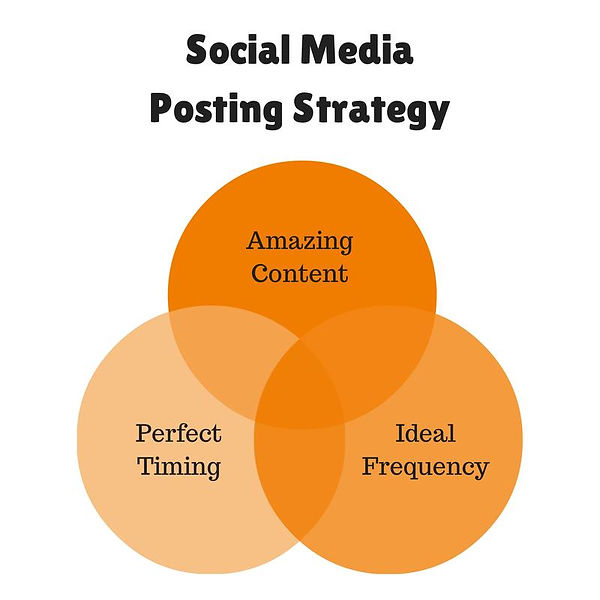
What should you be posting?
Images are ideal.
The push toward visual content has plenty of anecdotal evidence—as you browse the streams on Instagram, TikTok,Twitter and Facebook, you’re likely to see images all over. There’s data to back up this change: Image posts get more views, clicks, reshares, and likes than any other type of post. And it’s not even close.
On Facebook, photos get 53% more likes, 104% more comments and 84% more click-throughs on links than text-based posts.
Same goes for Twitter. In a study of over two million tweets from verified users across a number of different industries, Twitter found that photos have the greatest effect on retweets.

The 4:1 Strategy
Now that you know what works, you can place these different types of updates into a consistent strategy. One of my favorite systems is the one used by Buffer’s co-founder Joel Gascoigne. It works like this:
-
Start with the basic five types of updates we all post: Links, images, quotes, reshares, plain-text updates
-
Choose a “staple” update, a single type that will make up the majority of your shares
-
Create a 4:1 ratio of sharing: for every four “staple” updates, publish one different type for variety
This way your followers know what to expect from you, and you can hone your sharing to a specific type, making it easier to perfect and to experiment

How often should you be posting?
There’s been a lot of interesting data out there about how often to post to social media. Some of the factors that might impact your specific sharing frequency may include your industry, your reach, your resources, and the quality of your updates. For a specific number, here’re some guidelines we’ve put together based on some really helpful research into how often to post to social media.
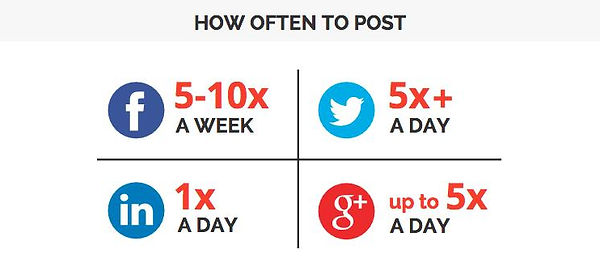
When should you be posting?
There are many neat tools to show you the best time of day to post to Facebook, Twitter, and more. These tools look at your followers and your history of posts to see when your audience is online and when historically have been your best times to share.
So what’s someone to do who’s just starting out on these social networks, with no audience and no history?
Again, this is where best practices come in. Here’s an overview of what they found in terms of timing (all times are Eastern Time).
-
Twitter – 1-3pm weekdays
-
Facebook – 1-4pm and 2-5pm weekdays
-
LinkedIn – 7-8:30am and 5-6pm Tuesday, Wednesday, and Thursday
-
Tumblr – 7-10pm weekdays and 4pm on Fridays
-
Instagram – 5-6pm weekdays and 8pm on Mondays with a sweetspot at 6pm
-
Pinterest – 2-4pm and 8-11pm weekdays with weekends being the best
-
Google+ – 9-11am weekdays
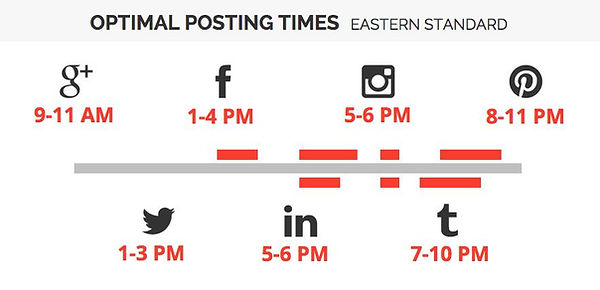
Step 5: Analyze and test
The more you post, the more you’ll discover which content, timing, and frequency is right for you.
How will you know? It’s best to get a reporting tool. Most major social networks will have basic analytics built into the site; it’s just a little easier to seek and find this information from an all-encompassing dashboard. These tools (I’ll use Google analytics as an example) can show you a breakdown of how each post performed in the important areas of views, clicks, shares, likes, and comments
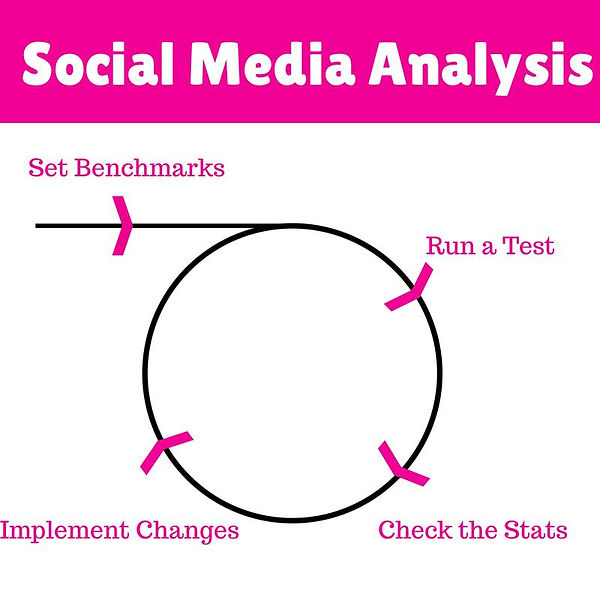
Step 6: Automate and engage
The final piece of a social media marketing plan involves having a system you can follow to help you stay on top of updates and engaged with your community.
To start with, automate your updates. Tools like Buffer allow you to create all the content and updates that you want to, all at once, and then place everything into a queue to be sent out according to whatever schedule you choose. Automation is the secret weapon for consistently excellent sharing, day after day.
Your plan doesn’t end with automation, though. Social media requires engagement, too. When people talk to you, talk back. Set aside time during your day to followup with conversations that are happening on social media. These are conversations with potential customers, references, friends, and colleagues. They’re too important to ignore.